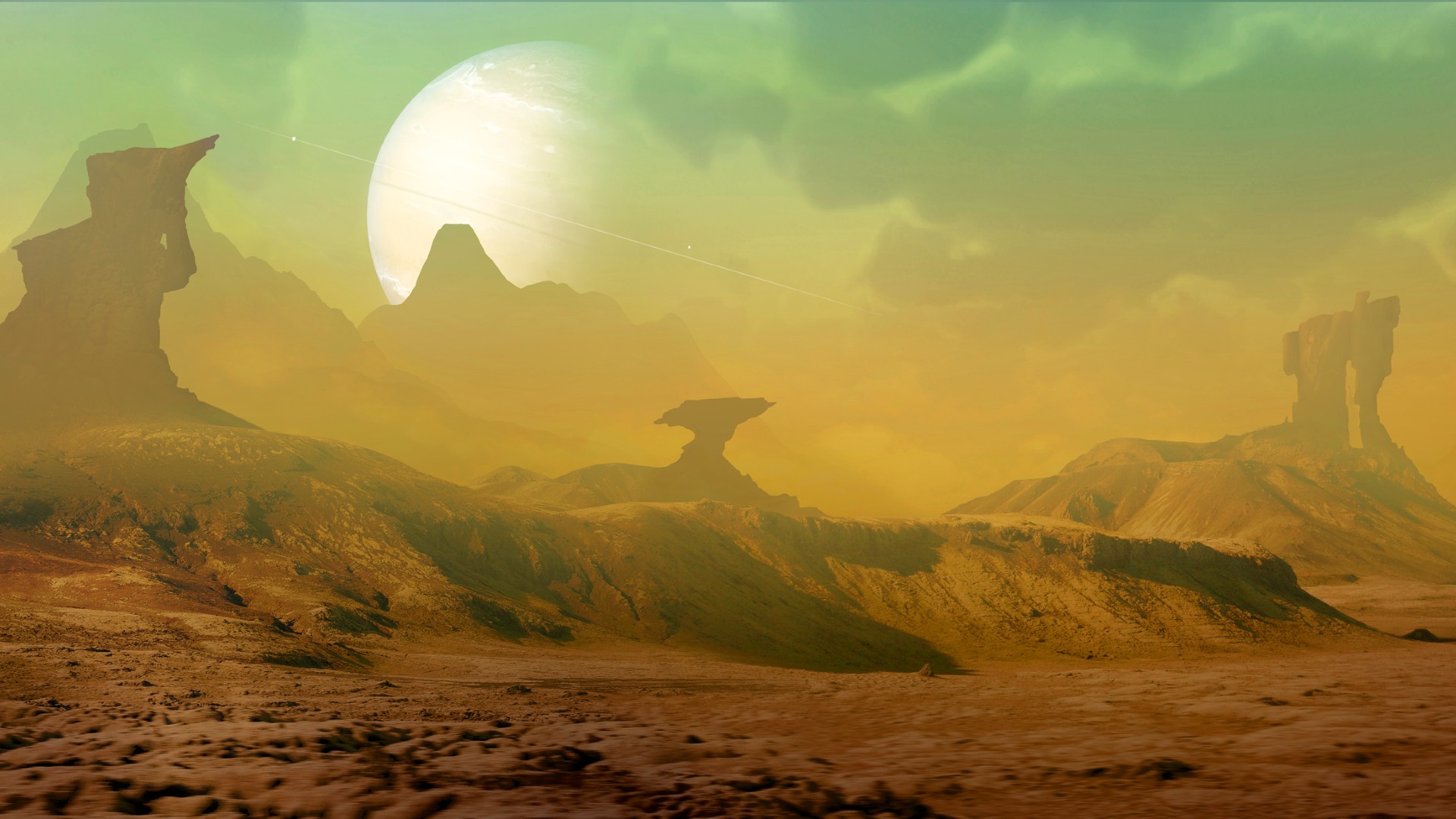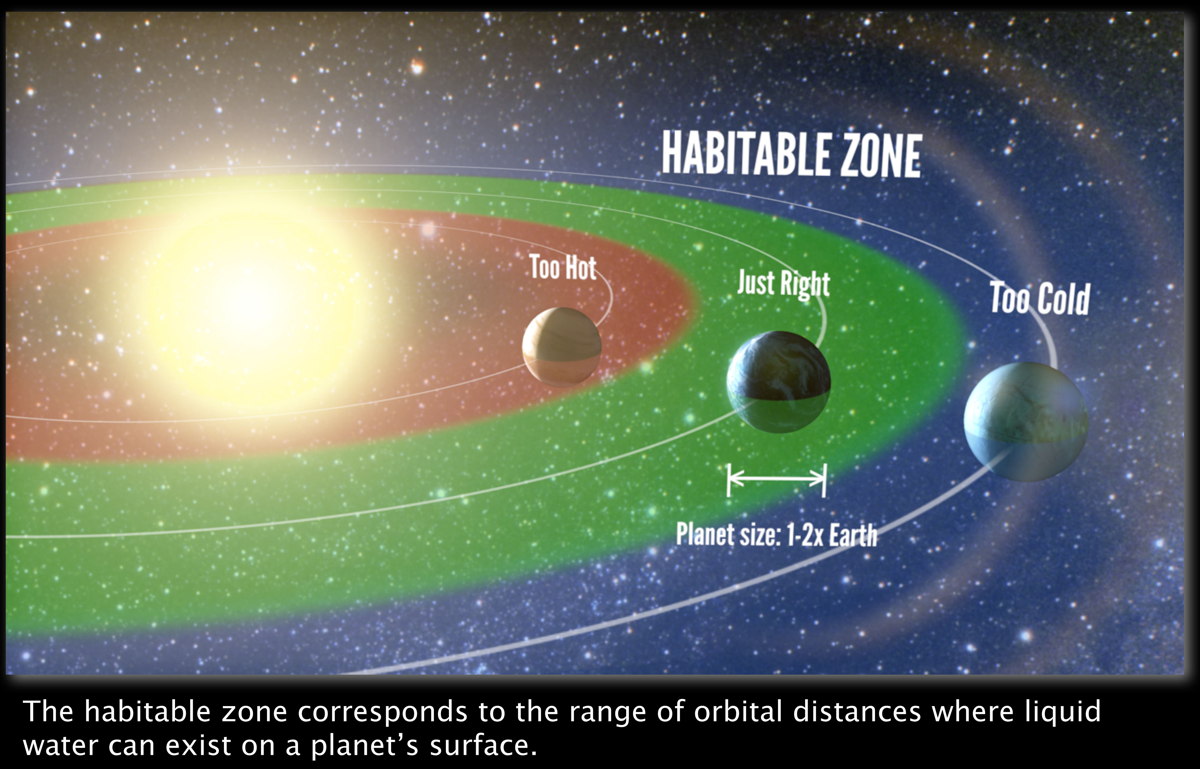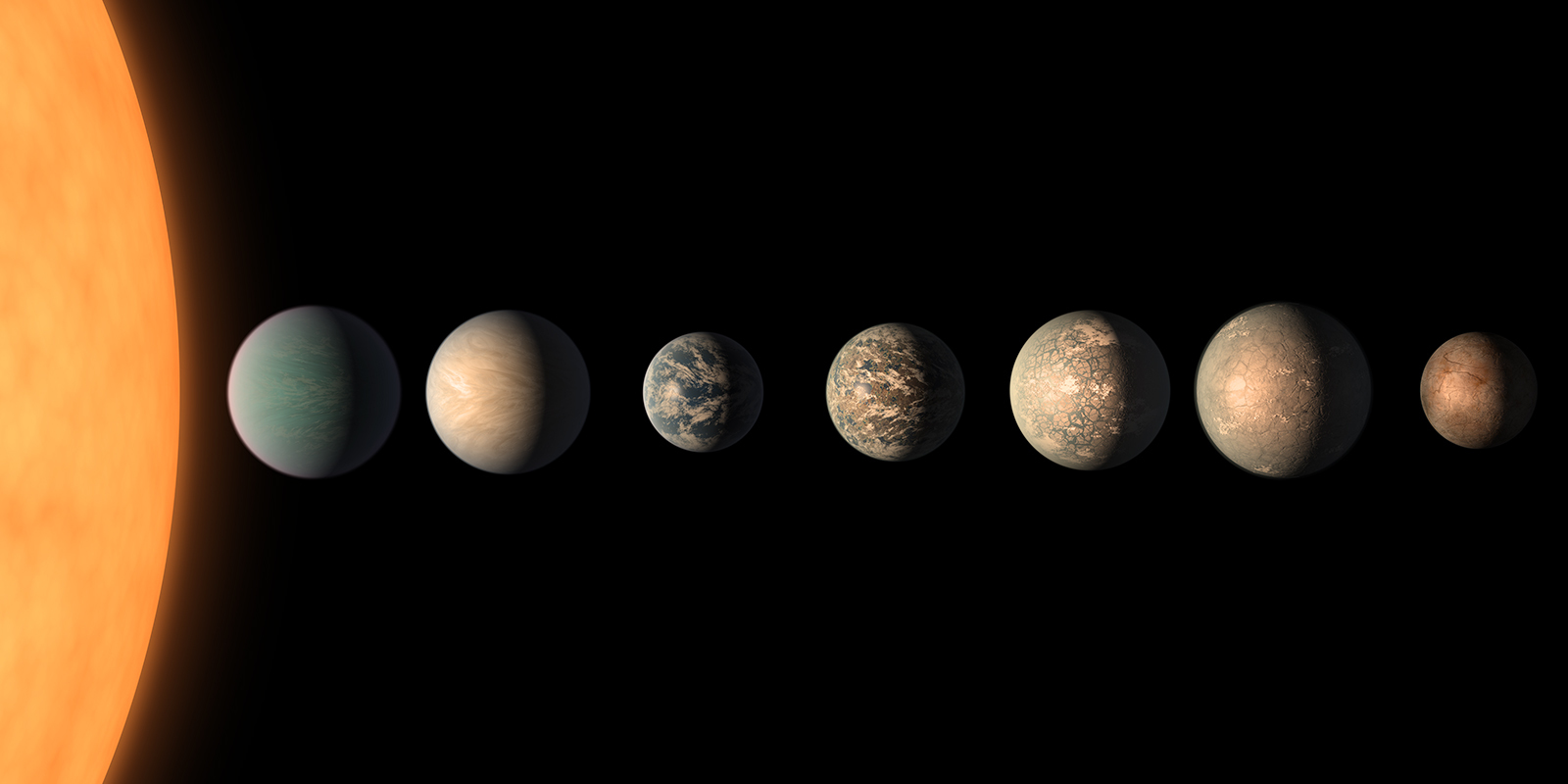
Venus has a lot to teach us, deadly as it is.
The planet Venus is often referred to as "Earth's twin" since both planetary bodies are approximately the same size and mass. But unlike Earth, which is teeming with all forms of life both large and small, the planet Venus has been observed to be far from hospitable and somewhat of a hellscape. This is due to its searing surface temperatures up to 900 degrees Fahrenheit (482 Celsius) and crushing surface pressures 90 times of the Earth.
Venus exhibits what's known as a runaway greenhouse effect, meaning solar radiation that makes it to the surface becomes trapped, increasing the pressure and temperature over time. But how did Venus' environment become so out-of-control and inhospitable, and why is it important to study the divergence between Venus and Earth? It is these questions that a team of researchers led by the University of California, Riverside (UC Riverside) hope to answer in a recent study.
Related: Venus: The scorching second planet from the sun
"Since Mars has been the center of attention in the solar system for a long time, it is usually forgotten that Venus is actually the most similar planet to Earth in terms of size and mass," Colby Ostberg, a PhD student at UC Riverside and lead author of the study, told Space.com in an email. "In addition, past works have shown that Venus could have maintained habitable surface conditions up until 1 billion years ago, which means the solar system could have had two habitable worlds in the past. Identifying what caused Venus to develop into the hellscape it is today will allow us to constrain the circumstances which lead to uninhabitable worlds. This will also be crucial for the search for life in the universe by helping identify which exoplanets should or should not be targeted in atmospheric observations with JWST or other future facilities."
For the study, the researchers examined the atmospheres of what are known as exoVenuses, which are exoplanets that lie within the Venus Zone (VZ), or inside the runaway greenhouse boundary of their parent star's orbit. Astronomers hope to use exoVenus atmospheres as analogs to not only better understand the runaway greenhouse effect of Venus, but its past, as well.
"Oxygen is often considered a potential exoplanet biosignature because, on Earth today, it is almost entirely the result of photosynthetic life," Dr. Eddie Schwieterman, who is an Assistant Professor of Astrobiology at UC Riverside and a co-author on the study, told Space.com in an email. "However, one potential abiotic way of accumulating oxygen in a planetary atmosphere is through an extended runaway greenhouse. Water is brought to the upper atmosphere and split apart by UV photons from the star, which drives the escape of the light hydrogen and retention of the heavier oxygen from that H2O.
"There are other sinks for oxygen, but oxygen could build up in the atmosphere if they are exhausted. M dwarf stars, which are the first targets for planetary characterization with JWST, are super luminous early in their lives, and this super luminous phase would enhance the loss of atmosphere to space. We don't know how common abiotic oxygen accumulation is on exoplanets, but we would expect it to be more likely on Venus Zone planets than on planets further away from their stars. If we survey Venus Zone planets, where life is unlikely, and find many with oxygen, it may caution us regarding life interpretations on temperate planets. On the other hand, if we do not find oxygen-rich Venus Zone planets, that would be a good sign for oxygen biosignatures on Earth-like worlds inside the habitable zone."

The researchers used planetary and stellar data from the NASA Exoplanet Archive to produce a catalog of 317 confirmed terrestrial (rocky) exoplanets that orbit within the VZ, including those discovered using either transit or non-transit detection methods. They estimated the highest population of exoVenuses exist closer towards the VZ's inner boundary, but determined these candidates to not be good Venus analogs due to the loss of atmosphere they experience from their high temperatures and solar energy they receive, also known as incident flux. The researchers then calculated the potential for follow-up studies, eight of which will be observed by the James Webb Space Telescope (JWST), including GJ 357 b, GJ 1132 b, TRAPPIST-1 b, TRAPPIST-1 c, TOI-776 b, TOI-776 c, LTT 1145 A b, and L 98-59 b.
"I would say that the most important targets are those that have multiple terrestrial planets within the Venus Zone," Dr. Stephen Kane, who is a Professor of Planetary Astrophysics at UC Riverside and a co-author on the study, told Space.com in an email. "These systems allow us to carry out comparative planetology where the planets are the same age and likely have similar bulk abundances. Two examples of such systems are L 98-59 and TRAPPIST-1, both of which also allow us to investigate the effects of M dwarf activity on planetary atmosphere retention."
Read more: James Webb Space Telescope finds no atmosphere on Earth-like TRAPPIST-1 exoplanet

A vital piece for continuing this research is studying the planet Venus itself. Unfortunately, the most recent data available is from NASA's Magellan mission in the 1990s. However, the researchers mention several proposed and accepted missions to Venus, including NASA's VERITAS and DAVINCI+, the Russian Federal Space Agency's Venera-D, and the European Space Agency's EnVision.
All of these missions will provide scientists the most up-to-date data regarding Venus' atmospheric composition and structure, along with high-resolutions surface maps which could confirm recent findings that Venus is volcanically active. But these missions could also contribute to exoplanetary science, as well, by improving current climate models of exoVenuses which could help scientists predict their climates.
"Exoplanet research provides a pathway to learning about Venus and its past, but the accuracy of models used to estimate the surface conditions of Venus-like exoplanets are entirely contingent on our knowledge of the Venus here in our solar system," Ostberg told Space.com in an email. "The NASA discovery mission, VERITAS, will be going to Venus and will be an essential component to Venus and exoVenus research, and also to our understanding of the Earth. But in November 2022, its launch was delayed an additional 3 years, which will have widespread impact on a variety of fields beyond just Venusian science. It is important that the scientific community shows support for VERITAS and promotes its importance in hopes that its delay is shortened."
Unfortunately, that does not seem to be the case. In NASA's most recent budget request, funding for VERTIAS dropped from a projected $56.7 million to just $1.5 million, frustrating among its team members.
The study is described in a paper submitted in February 2023 in The Astrophysical Journal.
Follow us on Twitter @Spacedotcom and on Facebook.







